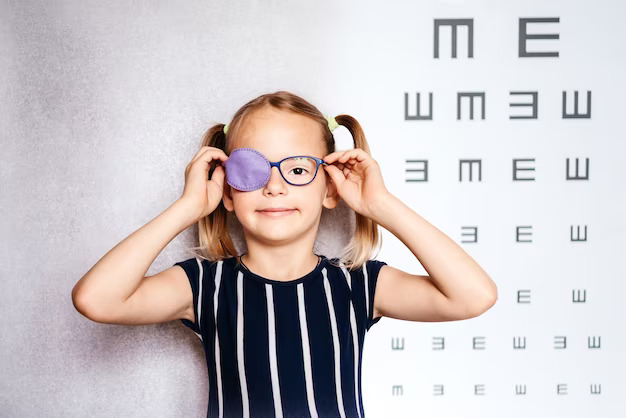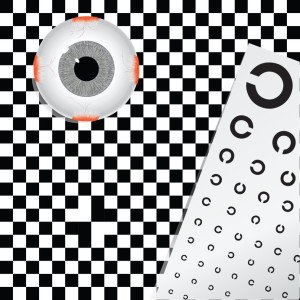Eyecare
Amblyopia
It takes seven years for the visual centres in the brain to develop and be able to interpret the images, received via the optic nerves and visual tracts. Abnormal or arrested development of these visual centres at the age of seven, will mean that the vision of that eye will always be impaired. This condition is called amblyopia.

Amblyopia therefore is a lifelong handicap, which can adversely affect the sufferer’s coordination; ability to judge speed and distance; skill at sports; etc. The patient is unlikely to complain, having never known any difference, but it can be an avoidable problem. In later life if injury or disease affects the patients only good eye, they may become severely visually handicapped, and possibly unable to drive.
Any eye condition which interferes with the processing of a pair of equal images at the visual centres on either side of the brain, such that the two images can be fused into a single binocular image, in the early years, will cause amblyopia.
Conditions which can cause amblyopia:
Squint: as the two images would be misaligned, double vision would result. To avoid this, the brain suppresses one image. If untreated at an early stage amblyopia results. Some convergent squints are associated with hypermetopia, and the eyes become straight while spectacles are being worn, but again turn in when spectacles are removed. In these cases it is important that spectacles are worn constantly.
Astigmatism: this causes one meridian of the retinal image to be magnified more than the other. Hence the image from either eye in unequal, and cannot be fused into a single image. This may result in amblyopia unless the astigmatism is corrected with spectacles at an early age.
Anisometropia: occurs when one eye has a significantly different refractive error from the other. Again spectacles may be required to equalise the images, and avoid amblyopia.
How common is amblyopia?
About 1 in 25 children develop some degree of amblyopia. Amblyopia is the most common condition treated by paediatric (children’s) ophthalmologists (eye surgeons) and orthoptists (non-doctor professionals who treat eye movement and vision problems). Source: Patient.info – http://patient.info/health/amblyopia-leaflet

Contact Us:
Bridge Street: 01442 253 858
Stoneycroft: 01442 264 897
your personal case manager will ensure thate you receive the best possible care
